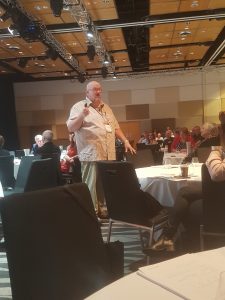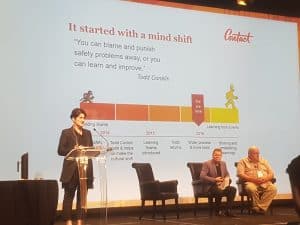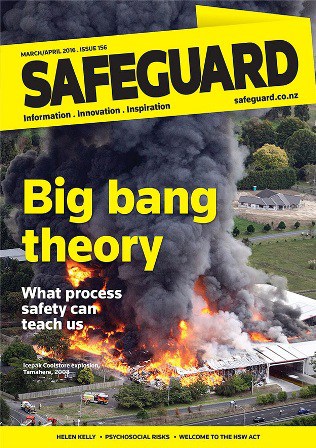Recently I searched the book shops online for some old and rare occupational health and safety (OHS) books. I often bang on about needing to understand OHS beyond our own professional and academic life times, as OHS, like any other discipline, continues to evolve.
Below are a few of the books I purchased. I am not going to have time to read them all but there are snippets of interest in each of them.
There are many books that I buy new but when some of them are a couple of hundred dollars, the only option is to look at secondhand shops or head to the local WorkSafe library.
The Safety and Health guide was published in 1993 by The Safety League of New South Wales. It includes many archaic recommendations for public and personal health but in “Safety and Health in Industry” it says this:

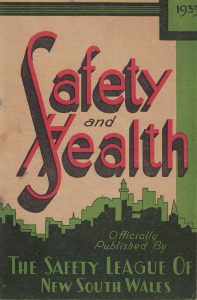
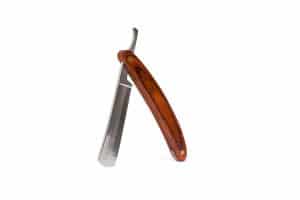 Following
Following 
